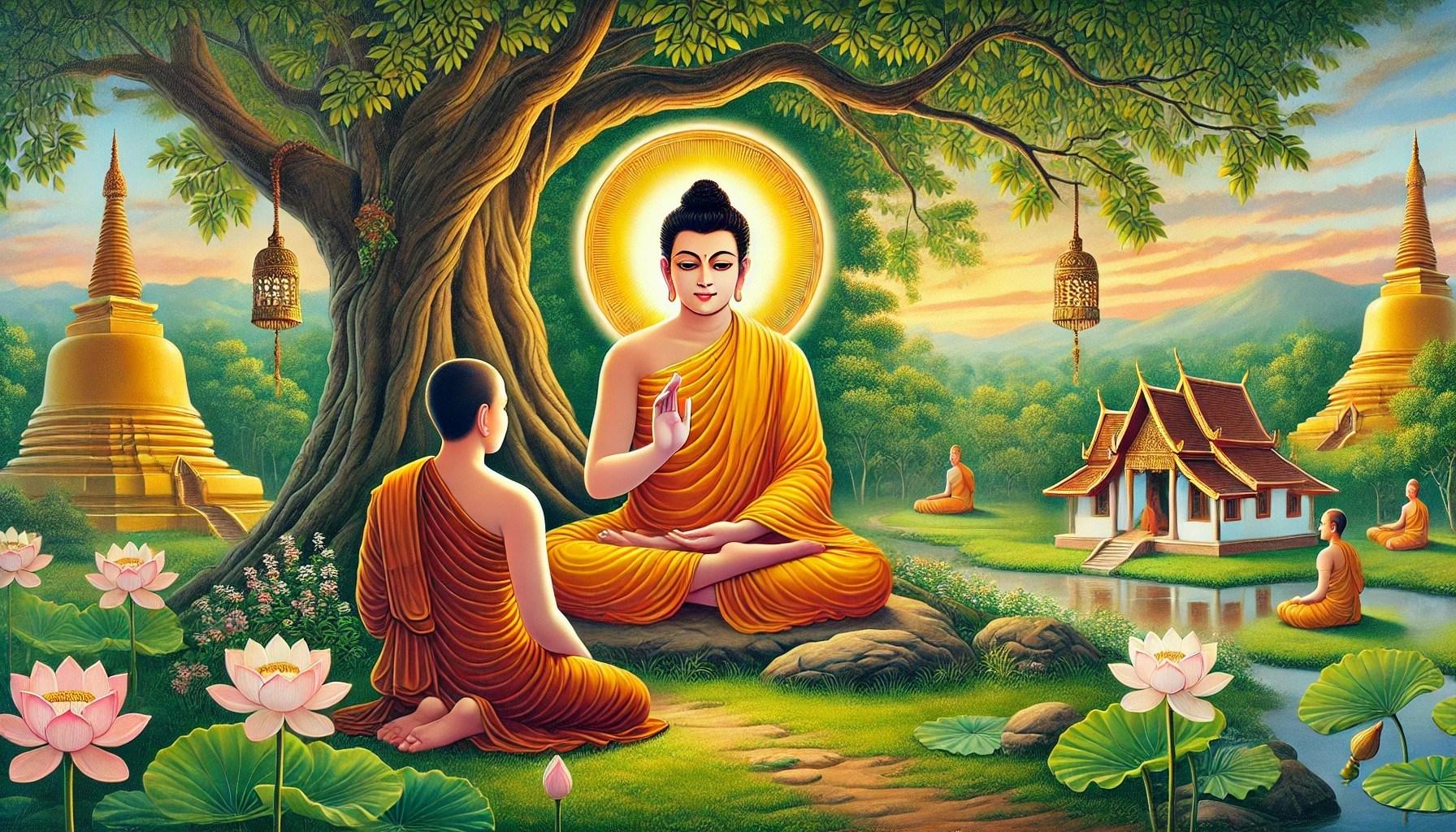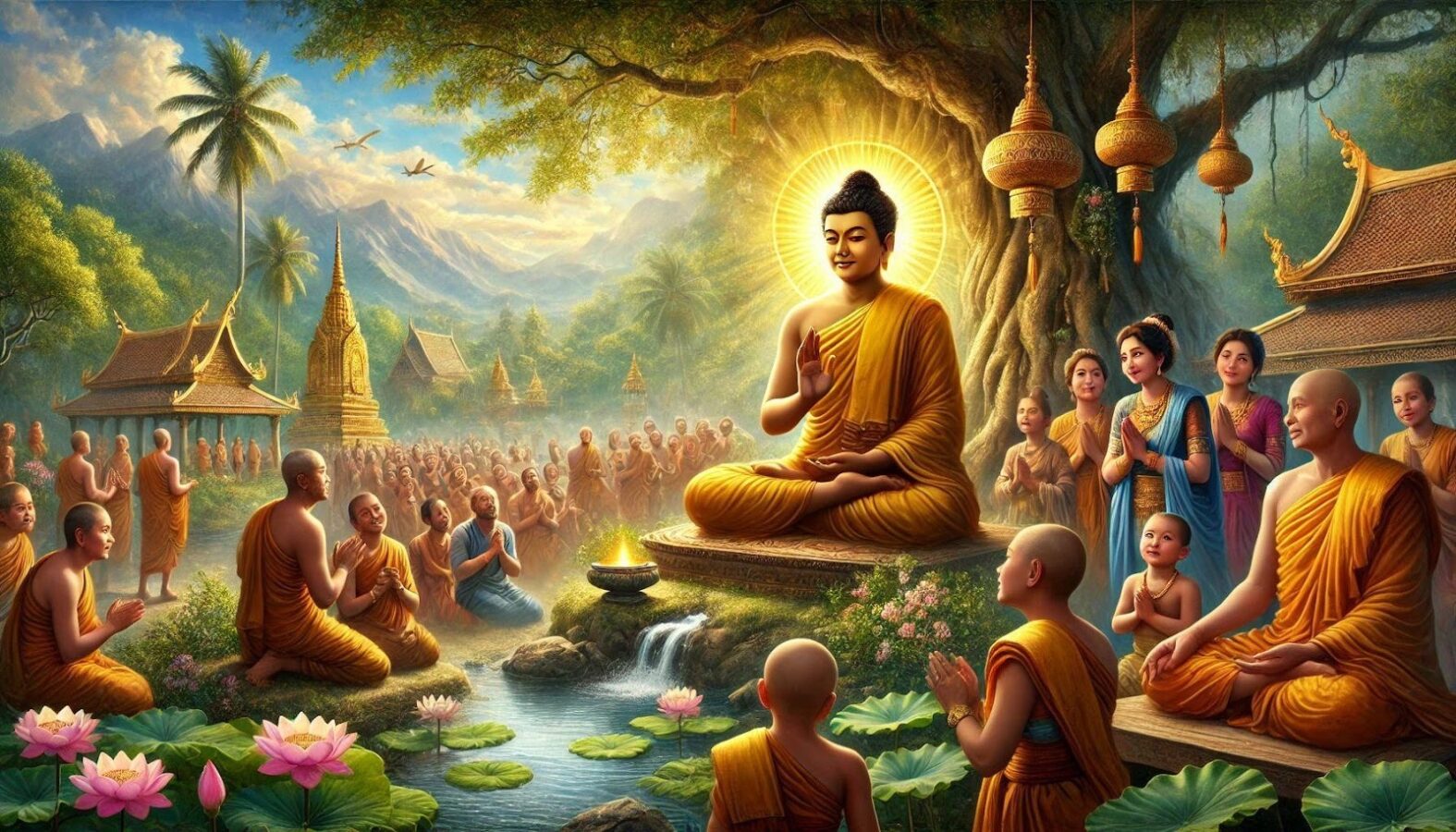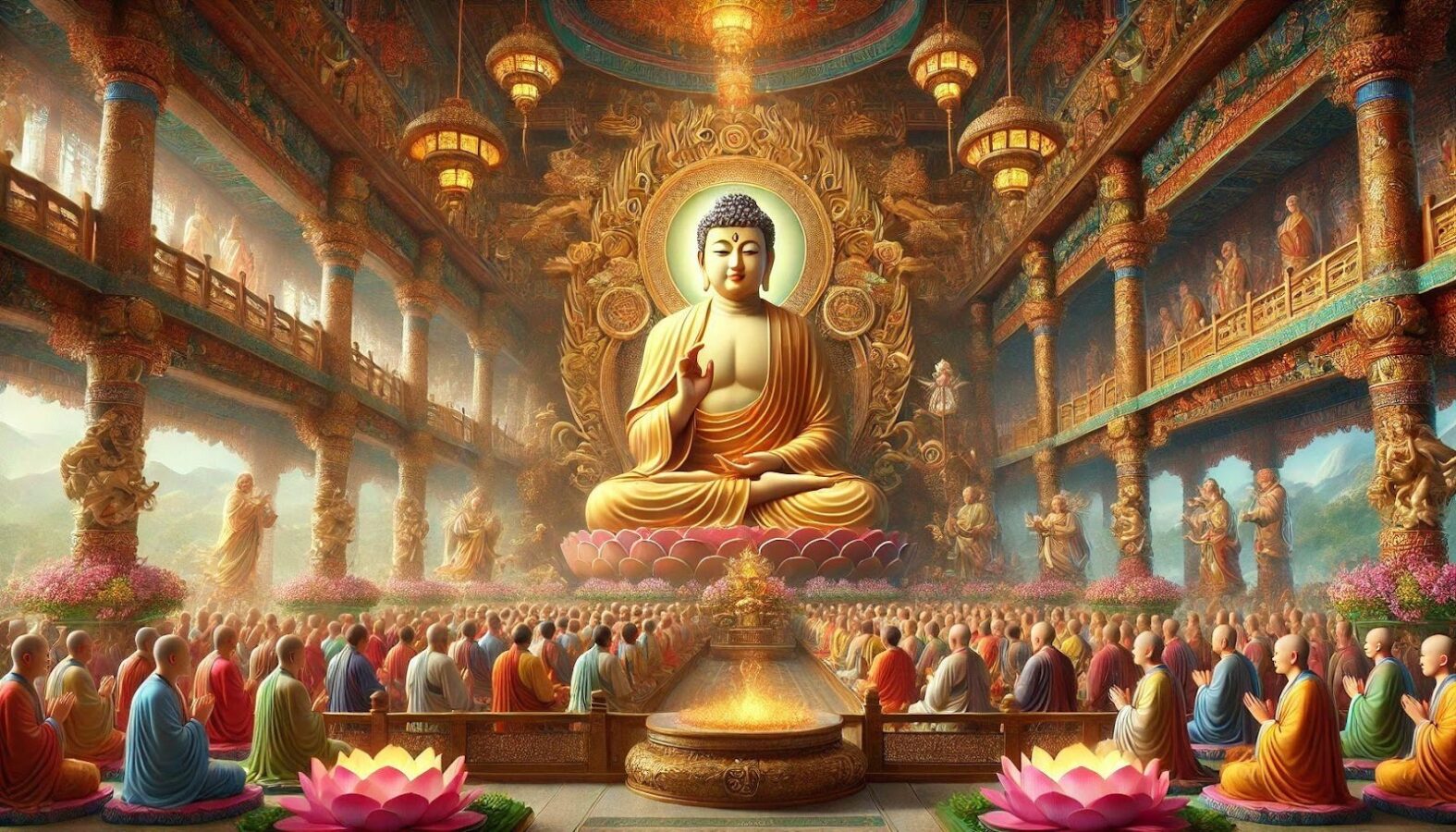
Date: 12/30/2023 12/31/2023
Location: Star Lake Meditation Center
Teacher: Lucy Zhou
Dharma talk
Origination of Anapanasati Method
On one occasion, the Buddha came to Vesali city of Vajji and lived in the forest of Saroli, close to a village of the Vajji clan, by a river called Bhagiuma.
At that time, The Buddha taught the bhikkhus the concept of uncleanness and encouraged them to cultivate it, saying that the cultivation of uncleanness would bring great achievements and benefits.
After teaching this, the Buddha spent half a month in seclusion. The Buddha did not want anyone to come to his dwelling except for a guardian who took care of his food and drinks. Everyone followed the Buddha’s instructions and didn’t disturb the Buddha.
During this period, bhikkhus diligently practised the uncleanness so that many of them became disgusted with their own bodies. Some of them even committed suicide by sword, poison, hanging or jumping from cliffs, or asking other bhikkhus to end their lives for them.
There was a bhikkhu who hated his body and asked a layman named Lulin to kill him in exchange for his clothes.
After killing the bhikkhu, Lulin went to the bank of the Bhagiuma River to wash his knife. While washing, he thought, “I just killed someone for the sake of this small benefit?” He could not help but feel regretful.
At this time, there were demonic celestial beings in the sky who knew what Lulin was thinking and encouraged him, saying:
“Good! Good! Great sage! By doing so, you will receive immeasurable merit, for you have helped a virtuous disciple of Sakyamuni to attain nirvana before he attains it, and you will also receive his accompanying clothes.”
Hearing such praise and encouragement, Lulin really believed that what he had done was worthy of great merit. Therefore, armed with a knife, he went to the dwellings, caṅkramana, meditation rooms, etc., and took the initial attack. When he saw a bhikkhu and asked if any virtuous bhikkhus had not yet attained liberation from nirvana and needed his service, at this time, some bhikkhus who were disgusted with their bodies came out and asked the Lulin laymen to kill them. As a result, a total of sixty bhikkhus died in half a month.
Half a month later, the Buddha finished his retreat meditation and came out to preside over the monthly fasting on the 15th day of the month. At the fasting meeting, the Buddha noticed that the number of bhikkhus attending the fasting had decreased a lot, so he asked venerable Ananda about it. Then venerable Ananda reported to the Buddha what had happened and begged the Buddha to teach dharma practice beyond the view of uncleanness.
Then the Buddha said:
“Bhikkhus! For this reason, today, I have come to speak to you about
Anapanasati. It is a study that starts from the subtle, to develop one’s awareness, and to achieve the cessation of all evil and unwholesome dharmas that have arisen and have not arisen. Its power is like a great rain that washes away all dust that has arisen and has not arisen. How to practice?
If a bhikkhu lives on the outskirts of a city or a village, he should carefully guard the six roots and watch his mind when he enters the village to beg for food in the morning. After the meal, go to the forest, under a tree, in a clearing or in a quiet house. Sit upright and focus on the present. Do not think about the past or the future and temporarily remove the obstacles to practice such as craving, anger, drowsiness, restlessness, and doubt. Then learn to be aware of every breath in and out. Feel every breath, long and short. Be aware of the process of inhalation and exhalation. Be aware of the gradual change in inhalation and exhalation. In each inhalation and exhalation, In each breath and exhalation, be aware of the joy of movement, the joy of warmth, the movement of consciousness, the cessation of movement, and other variations of strength and light. In each inhalation and exhalation, be aware of changes in the mind, such as pleasure, stillness, and release. Observing changes in phenomena such as impermanence, cessation, absence of desire, and silence with each breath and exhalation is called the meditation of Anapanasati. It is a kind of meditation that enables the body and mind to be at rest, be aware, see, be silent, be pure, and achieve the enlightenment of absence from ignorance.”

